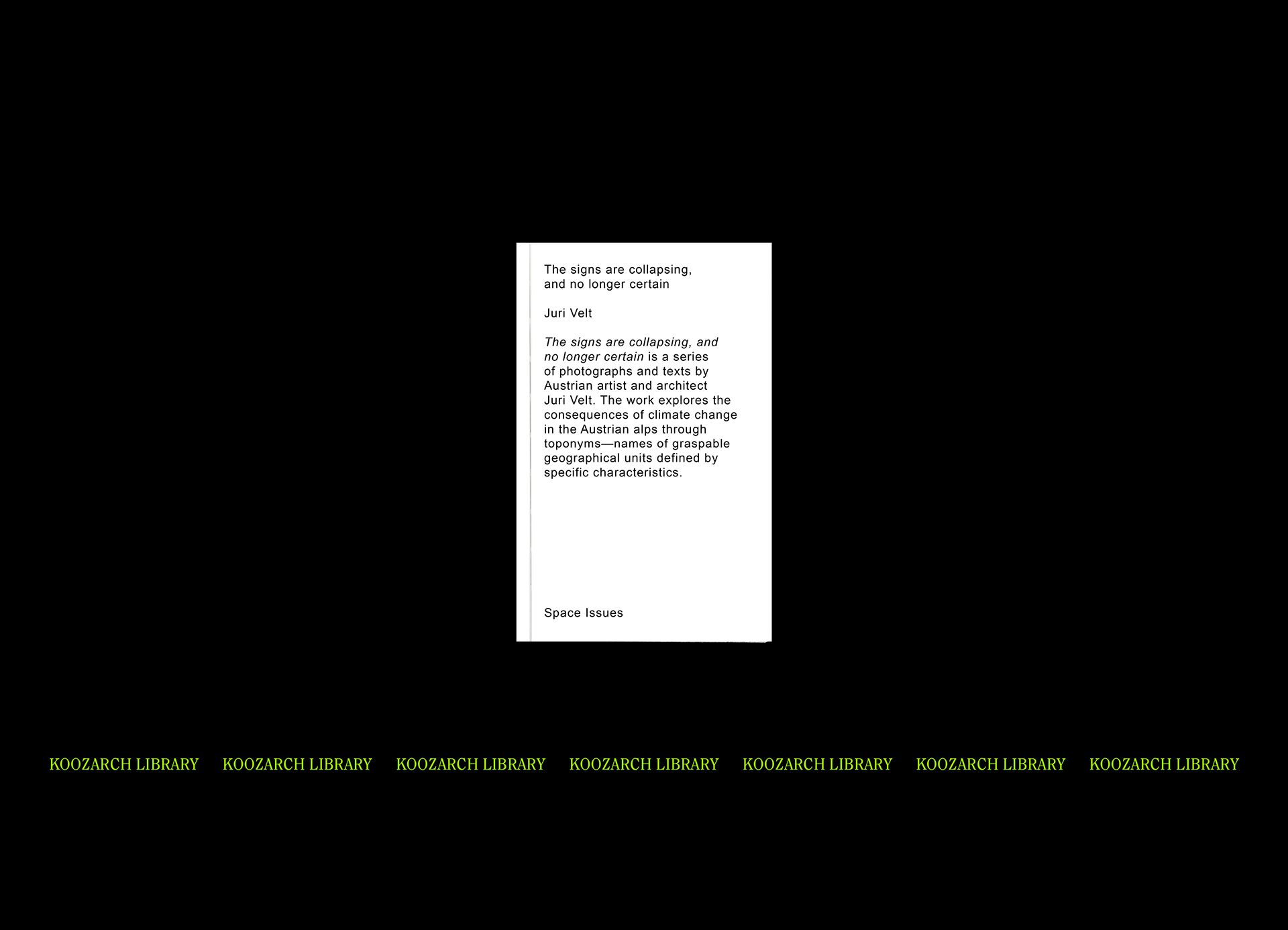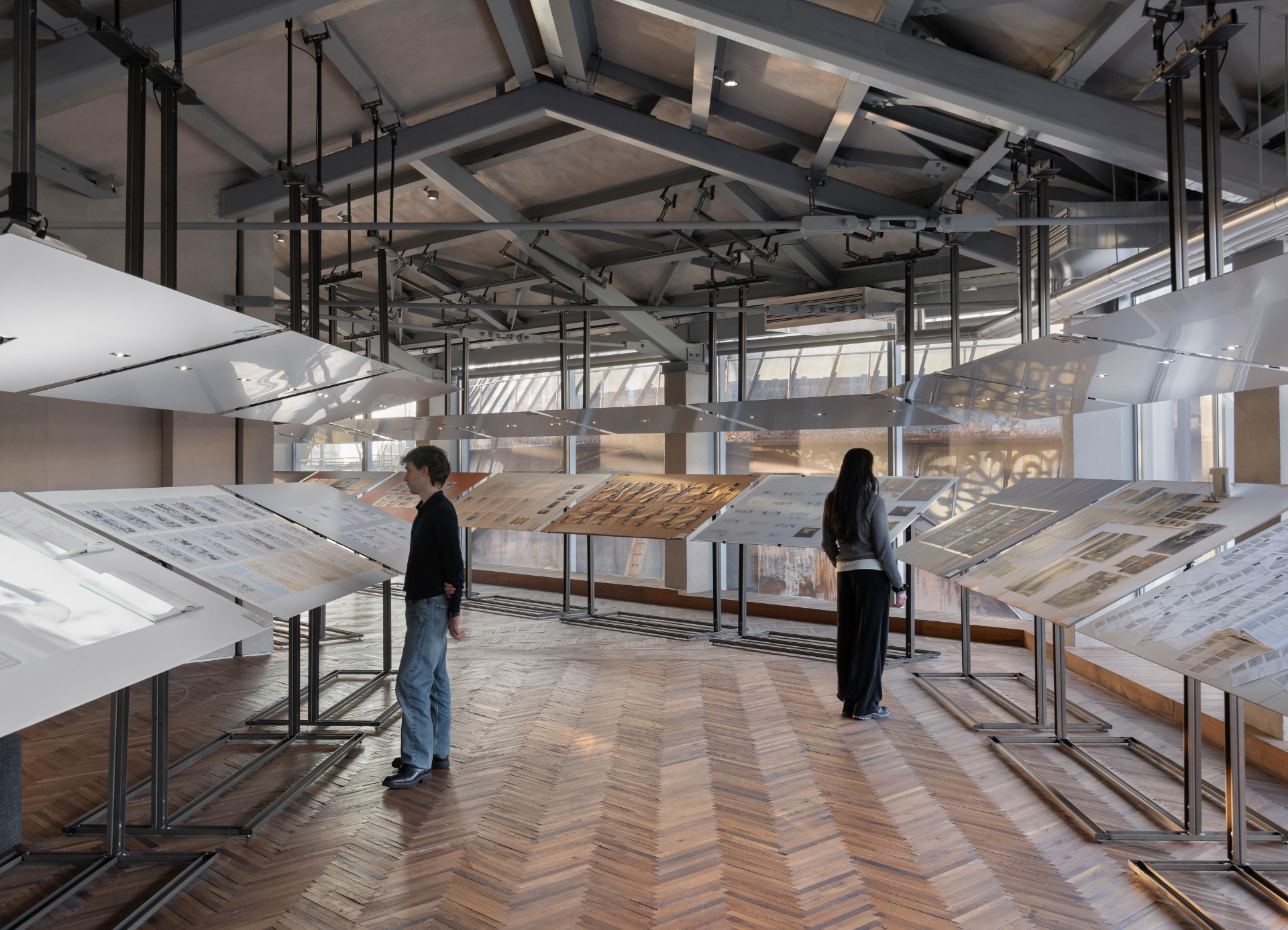In this short contribution, Abdulla Janahi and Laila Al Shaikh – founders of spatial research studio Office for Applied Histories – sketch out a cast of uniquely urban professional histories, roles and narratives that have been swallowed by the sprawl of modernisation in Bahrain.
This essay is excerpted from the catalogue published to accompany Heatwave: The National Pavilion of the Kingdom of Bahrain, edited by Andrea Faraguna, on the occasion of the 19th International Exhibition of Architecture at the Venice Biennale in 2025. Tune into the Talks at the Venice Biennale to hear more from Andrea Faraguna.
Collating photographs from the archives of Bapco Refining and the Bahrain Authority for Culture and Antiquities, this visual essay indicates how modernisation, labour, migration, and Bahrain’s national consciousness have co-dependently developed over the past century. Extreme heat has been and continues to be experienced primarily through labour — the structural and spatial organisation of which has rendered it unavoidable to some but not all bodies. Largely taken between May and September, the photographs capture historical professions and practices that were primarily physical and heavily relied on one’s exertion of their own body.
"Extreme heat has been and continues to be experienced primarily through labour – the structural and spatial organisation of which has rendered it unavoidable to some but not all bodies."
Al-Qasareen, or Al-dubiya, were the clothes washers that worked along irrigation channels, like the ones flowing out of Ain Qasari, and watered the orchards of Bilad al-Qadeem and Zinj.
Al-Saggaya distributed drinking water, traversing amongst the furjan (neighbourhoods) on a wooden cart fitted with an iron tank, pulled by a donkey, or sometimes in a bag held on their back. Baye' al-gaz also walked door-to-door around the furjan but supplied the kerosene needed for cooking and lighting. With the help of a wooden cart, the kerosene seller would go to households with whom he had a weekly or monthly contract. To keep track of the contract, often a line would have been drawn with black coal on the walls of the house to which kerosene had been supplied.
Zari Ateej, or the scrap dealer, would wander around the area calling out anyone who had old or unusable scraps of metal, wire, or utensils in their household. Pulling a cart filled with new kitchen utensils, he would give them away in exchange for castoffs.
Al-hammaliya, or porters, were particularly prevalent in the port area. They loaded goods onto the ships, unloaded them, and transferred them to warehouses. They also worked as porters in the souqs and at times as movers, carrying overbearing furniture on their backs, from one house to another.
Al-hassayun were those who extracted the thin coral panels, furush or farsh, from the coasts of Bahrain at low tides. The stones were popularly used for construction and furnishing, for instance, to infill panels between piers or create partitions and solid walls, but also for tombstones. The coral stratum on the coast would be broken into stones with a heavy iron column or disc, with stones then transported to the shore on special wooden boats with low sides and then loaded onto donkeys on land.
Importantly, informal labour and itinerant trade did not end with men. Some housewives, for instance, would sell their craft as an additional source of income for the household, at the Wednesday market — spread on the ground under a tent or a makeshift shading device — or to women who would congregate in a neighbour’s courtyard. Some of these practices also offered a lifeline to recent migrants to Bahrain’s main settlements, both from within the islands and beyond, as a footing towards further social mobility. Whilst these types of labour are today, alongside pearl diving, integrated into folklore and celebrated as tradition, they preface the adoption of interiorisation as a key facet of the urban and architectural modernisation of Bahrain.
The establishment of Manama’s municipality, or baladiyyah, in 1919 bolstered the political and social project of urban modernisation. As the supply of electricity, water, and gas penetrated people’s homes through nationwide engineering infrastructures, these professions, along with modes of itinerant trade, gradually — at times deliberately through municipal legislations — ceased to exist. The construction of mass public housing projects (access to which was predicated on citizenship or a pathway to it) gained momentum with soaring oil revenues, the reshaping of the labour market, and the expansion of state welfare in the second half of the twentieth century. The barasti or arish settlements that had housed lower-income households were eradicated.
"The construction of mass public housing projects (access to which was predicated on citizenship or a pathway to it) gained momentum with soaring oil revenues, the reshaping of the labour market, and the expansion of state welfare in the second half of the twentieth century."
Moreover, as their inhabitants moved outside the bounds of the historical urban centers, through a process of suburbanisation that encroached on deserts, palm groves, and farmlands, the courtyard houses that remained, which had been constructed and occupied by the middle and upper classes, were abandoned. Introduced instead were typologies that rendered their outdoors as backdrops. Along with courtyards — roofscapes, shaded souqs, and palm groves — outdoor spaces as sites of respite or encounter, were relegated to the margins of public life despite the persistence of both the labouring body and heat.
"Along with courtyards – roofscapes, shaded souqs, and palm groves – outdoor spaces as sites of respite or encounter, were relegated to the margins of public life despite the persistence of both the labouring body and heat."
Bio
Office for Applied Histories (OfAH) is a research and experimental development studio and the collaborative practice of Laila Alshaikh and Abdulla Janahi. Its efforts are focused on alternative facets of the gulf’s cultural history, with the aim of reintegrating these into the mainstream public consciousness. OfAH collaborate on long-term research initiatives that engage with cultural histories within their local context and their wider disciplinary boundaries. It advocates for the peripheral material, oral and spatial manifestations which may constitute tangible or intangible heritage, sidelined on aesthetic grounds and their demographic associations.
OfAH’s contribution to the Bahrain Pavilion is informed by its long-term research project on labour and housing in Bahrain, which is carried out with Anastasiia Noga as Associate Researcher.





